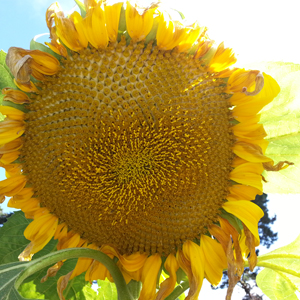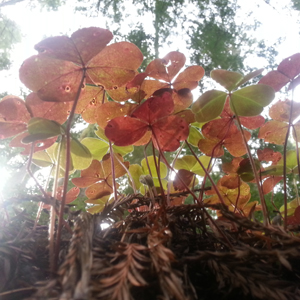
Our Curriculum
Climate Change
The nexus for learning
CAN! cultivates environmental education based in the outdoor classroom. The outdoor classroom provides learners with important psycho-motor experiences associated with gardening activities (like weed removal, soil preparation, planting, irrigation, etc.).
Participating students and staff learn that climate change is the alteration or change of temperature, weather patterns and wind patterns due to anthropogenic (human-caused) increases in greenhouse gasses (like carbon dioxide and methane).
Participants learn that opening up the living soil protects the local watershed by reducing pressure upon the City’s combined sewer system. Learning about the Carbon Cycle and Carbon Sequestration (the manner that living plants and soil takes up and captures carbon) are ongoing lessons for all participating CAN!-YES middle and high school participants.
Core Learning Concepts
Promoted by CAN! Youth Ecological Stewards Program
1) Water, Energy and Soil Conservation; Composting with the Fungus, Bacteria and Invertebrates
2) Water Cycle Awareness, Water Pollution Prevention, Watershed Restoration Ecology
3) Renewable Energy Promotion in the Era of Climate Change; Solar and Wind vs. Fossil Fuels
Focuses
by grade level


